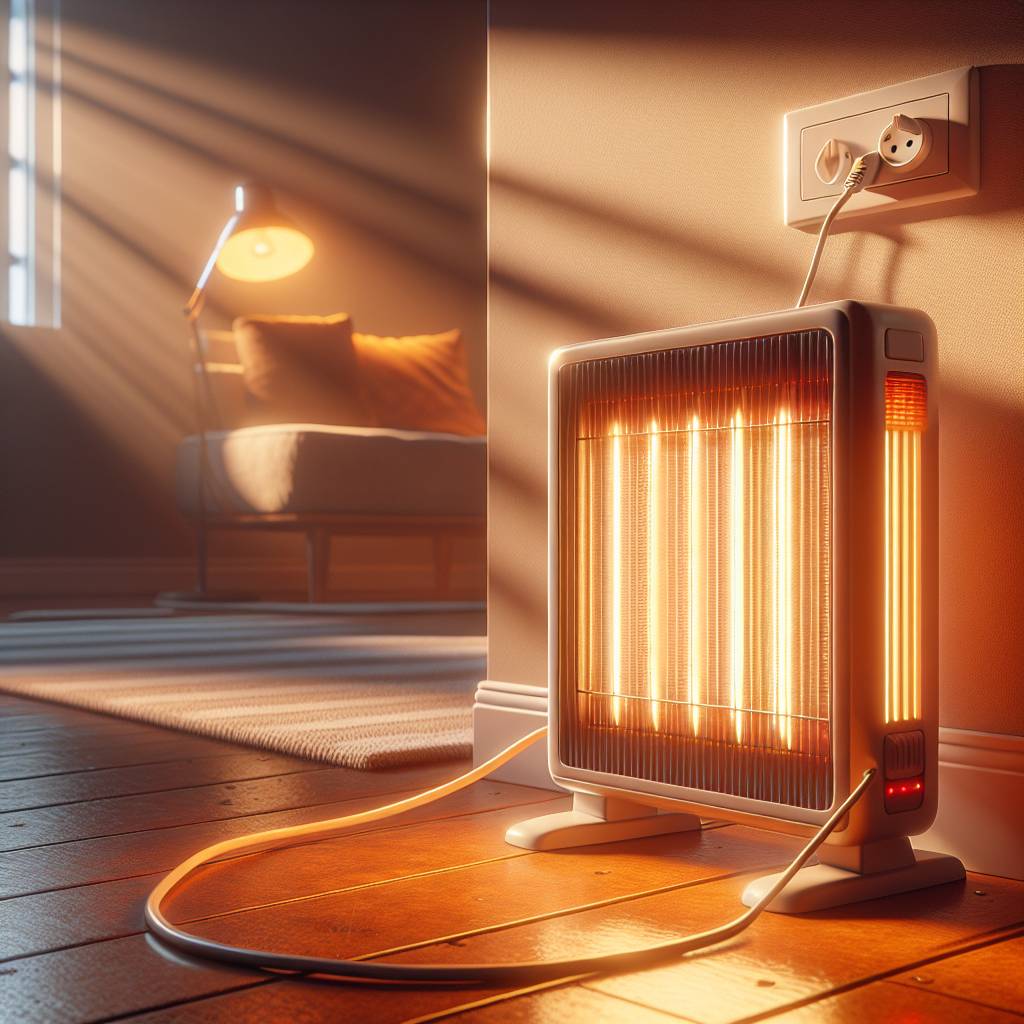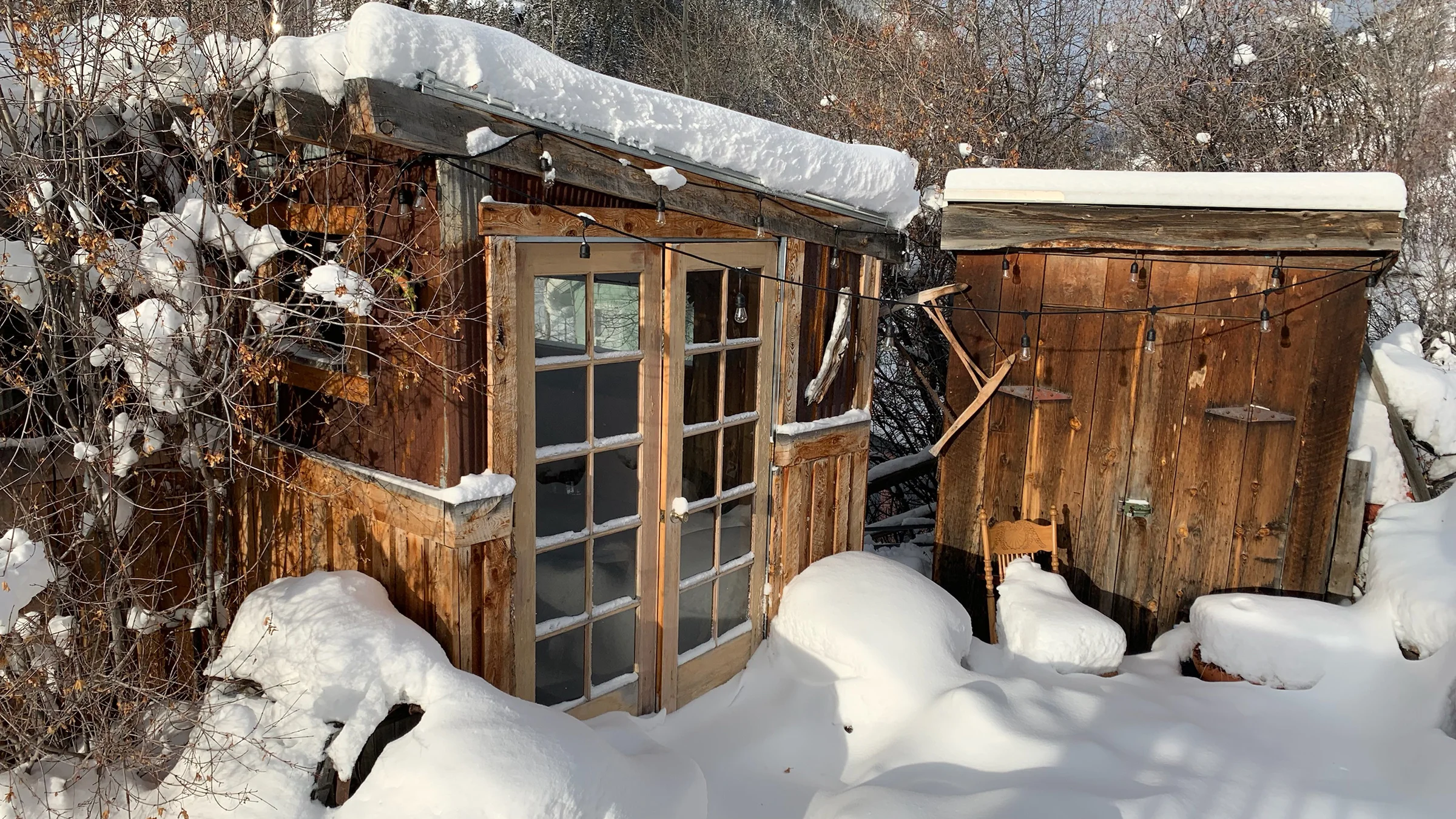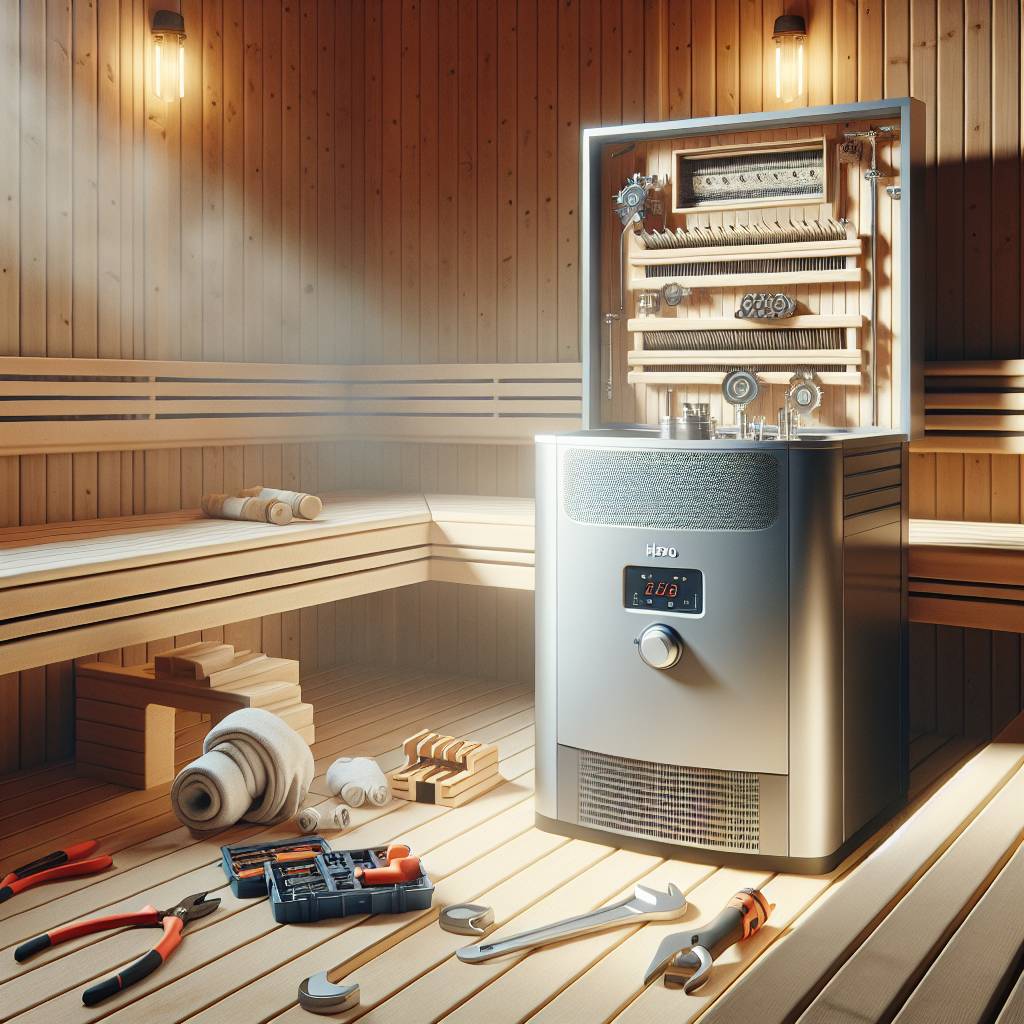Maintaining and caring for Finnish saunas versus steam rooms showcase distinct approaches to achieving relaxation and wellness. While Finnish saunas rely on dry heat and high temperatures to create a therapeutic environment, steam rooms use moist heat to offer a unique experience during a sweat session. Understanding the differences in upkeep and maintenance between these two popular spa amenities is crucial for ensuring their longevity and optimal performance. Let’s delve into the contrasting aspects of caring for Finnish saunas and steam rooms to help you make informed decisions about incorporating these rejuvenating spaces into your lifestyle.
Key Takeaways
- Regular maintenance is key to ensuring the longevity and optimal performance of both Finnish saunas and steam rooms.
- Cleaning saunas and steam rooms regularly with mild, non-abrasive cleaners can help prevent mold and bacteria buildup.
- Monitoring temperature and humidity levels in saunas and steam rooms is crucial for a safe and comfortable experience.
- Addressing common issues promptly, such as leaks or malfunctioning heaters, can prevent costly repairs in the future.
- Considering personal preferences, health conditions, and safety measures is essential when choosing between Finnish saunas and steam rooms.
- During the COVID-19 pandemic, following recommended safety guidelines, such as frequent cleaning and social distancing, is important when using communal sauna or steam room facilities.
Understanding Saunas and Steam Rooms
Key Differences
Saunas rely on dry heat from rocks or stoves, while steam rooms utilize steam generators for a steamy bath. The humidity levels in saunas are low, contrasting with the high humidity found in steam rooms. Saunas are predominantly constructed using wood, whereas steam rooms are commonly lined with tile or glass.
Installation Variances
When it comes to installation, setting up a sauna involves incorporating a stove or hot rocks, while steam rooms necessitate a steam generator for term sauna use. Saunas typically require more space for ventilation compared to the more compact steam rooms. Moreover, the installation costs vary; saunas tend to be pricier due to the materials like wood, while steam rooms’ costs fluctuate based on the quality of tiles used.
Space and Cost
In terms of space requirements, saunas generally demand more room due to ventilation needs, whereas steam rooms can be more compact and space-efficient. When considering costs, saunas might come at a higher price point due to the usage of wood materials, while the cost of steam rooms can vary depending on the quality of tiles installed. It’s essential to factor in maintenance costs as well; saunas may require more upkeep due to the care needed for wood surfaces, whereas steam rooms may need regular checks on their steam generators.
Health Benefits and Risks
Benefits for Health
Improves Circulation
- Enhances circulation: Saunas and steam rooms boost blood flow, benefiting cardiovascular health.
- Opens pores: Steam rooms increase circulation by opening pores, aiding in blood flow.
- Cardiovascular benefits: Both saunas and steam rooms improve heart rate and blood vessel dilation.
Stress Reduction
- Stress relief: Saunas induce relaxation and release muscle tension, reducing stress levels.
- Calming environment: Steam rooms create a calming atmosphere for stress reduction.
- Overall well-being: Regular sauna or steam room sessions promote well-being by reducing stress.
Limits and Risks
Fever Concerns
- Alleviates symptoms: Saunas help with mild fevers through induced sweating.
- Reduces discomfort: Steam rooms aid in reducing fever discomfort by promoting perspiration.
- Consultation needed: Seek guidance from healthcare professionals before using during a fever.
COVID-19 Transmission
- Cleaning protocols: Strict cleaning measures are crucial to minimize COVID-19 transmission risks.
- Ventilation importance: Proper airflow in saunas reduces airborne transmission risks compared to enclosed steam rooms.
- Compliance with guidelines: Ensure facilities follow local health regulations to prevent virus spread.
Maintenance and Care Fundamentals
Cleanliness Standards
Maintain cleanliness by regularly wiping down surfaces in saunas and steam rooms. Use appropriate cleaning agents to sanitize sauna and steam room surfaces effectively. Implement a cleaning schedule for consistent upkeep of sauna and steam room hygiene.
Functionality Checks
Regularly inspect sauna heaters and steam generators for proper functioning. Monitor temperature settings to ensure optimal sauna or steam room conditions. Address any malfunctions promptly to prevent disruptions in sauna or steam room operation.
Cleaning Tips for Saunas and Steam Rooms
Routine Cleaning
Perform routine cleaning by wiping down benches, walls, and floors in saunas and steam rooms. Cleanse sauna rocks or steam room generators periodically to maintain efficiency. Consider using natural cleaning products to avoid harsh chemicals in sauna and steam room maintenance.
Deep Cleaning Strategies
Conduct deep cleaning by scrubbing sauna wood surfaces to remove dirt and grime buildup. Deep clean steam room tiles and glass to eliminate mold or mildew growth. Schedule deep cleaning sessions regularly to maintain a hygienic environment in saunas and steam rooms.
Troubleshooting Common Issues
Sauna Troubles
Address sauna temperature inconsistencies promptly to ensure a comfortable experience for users. Check the heater’s functionality regularly to maintain optimal heat levels. If you notice any fluctuations, inspect the heating elements and controls for any issues.
To resolve sauna humidity problems, focus on ensuring proper ventilation and air circulation within the sauna space. Lack of ventilation can lead to excessive moisture buildup, affecting the overall sauna environment. Consider installing vents or fans to improve airflow.
For sauna repairs that go beyond basic maintenance tasks, it is advisable to seek professional assistance. Technicians with expertise in sauna systems can diagnose complex issues and perform necessary repairs effectively. Regular maintenance can help prevent major malfunctions in the long run.
Steam Room Problems
When troubleshooting steam room temperature fluctuations, start by calibrating the steam generator. Incorrect settings or malfunctioning components can lead to inconsistent temperatures within the steam room. Adjust the settings based on manufacturer guidelines for optimal performance.
To address steam room humidity imbalances, focus on adjusting the ventilation systems. Proper airflow is crucial in maintaining the right level of humidity within the steam room. Ensure that vents are clear of obstructions and functioning efficiently.
In cases where steam room repairs require specialized knowledge, consulting with a technician is recommended. Steam rooms involve intricate systems that may need expert attention for accurate diagnosis and repair. Technicians can identify underlying issues and provide solutions accordingly.
Temperature and Humidity Management
Sauna Settings
Optimize sauna temperature settings to suit individual preferences and health needs. Ensure the heat treatments align with recommended levels for a safe and effective sauna experience. Adjust ventilation to maintain ideal humidity within the sauna, promoting comfort and relaxation during sessions. Personalize your sauna sessions by incorporating essential oils or aromatherapy for added therapeutic benefits.
Steam Room Settings
Set the steam room temperature at a comfortable level conducive to steam therapy, following guidelines for optimal heat treatments. Regulate humidity levels in the steam room to prevent excessive moisture buildup, ensuring a pleasant and safe environment. Enhance the ambiance of the steam room by introducing soothing lighting or music, elevating the overall relaxation experience.
COVID-19 Concerns and Safety Measures
Sauna Precautions
Saunas offer numerous health benefits, but it’s important to take precautions to ensure safety. Stay hydrated before, during, and after sauna sessions to prevent dehydration. Dehydration can lead to dizziness and fatigue, so drinking water is crucial.
Limiting sauna session durations is essential to prevent overheating and potential health risks. Prolonged exposure to high temperatures can strain the cardiovascular system, leading to adverse effects. To stay safe, it’s recommended to keep sauna sessions brief.
Alcohol consumption before entering saunas can have negative effects on blood pressure regulation. Alcohol causes blood vessels to dilate, which can result in a drop in blood pressure. To avoid complications, it’s best to refrain from drinking alcohol before using saunas.
Steam Room Precautions
When using steam rooms, adequate hydration is key to counteract fluid loss through sweating. The high humidity levels in steam rooms can cause significant perspiration, leading to dehydration if fluids are not replenished. Drinking water before entering a steam room is essential.
Similar to saunas, limiting steam room sessions is crucial to prevent overheating and dehydration. Excessive exposure to high temperatures and humidity levels can put strain on the body. To maintain safety and visit sauna, it’s important to keep steam room sessions short.
Individuals with respiratory conditions should refrain from using steam rooms as the high humidity levels can exacerbate their symptoms. Conditions such as asthma or bronchitis may be aggravated by the moist environment of steam rooms. Prioritizing respiratory health is essential when considering steam room usage to visit sauna.
Personal Preference and Considerations
Choosing What’s Right for You
When deciding between Finnish saunas or steam rooms, it all boils down to personal preferences. Do you prefer the dry heat of a sauna or the moist heat of a steam room? Each offers unique benefits catering to different needs.
For dry heat enthusiasts, Finnish saunas are the go-to option. They provide a relaxing environment with temperatures typically ranging from 160-200°F. On the other hand, steam rooms offer a more humid experience, with temperatures around 110-120°F.
To determine what suits you best, consider your health goals. Saunas are known for promoting improved circulation, detoxification, and stress relief. Meanwhile, steam rooms are excellent for hydrating the skin, clearing sinuses, and aiding in respiratory health.
Consulting with a wellness expert can be beneficial in making an informed decision. They can assess your health conditions, lifestyle, and preferences to recommend whether a sauna or steam room aligns better with your needs.
Closing Thoughts
In caring for your Finnish sauna or steam room, regular maintenance is key to ensuring longevity and optimal performance. By following the cleaning tips provided and addressing common issues promptly, you can create a safe and enjoyable environment for relaxation. Remember to monitor temperature and humidity levels to enhance your overall experience while considering personal preferences and any necessary COVID-19 safety measures.
Taking proactive steps in maintaining your sauna or steam room not only extends their lifespan but also safeguards your well-being. Embrace these practices to reap the full benefits of these spaces while minimizing risks. Your commitment to proper care will not only enhance your own enjoyment but also contribute to a healthier and safer environment for all users.
Frequently Asked Questions
What are the key differences between maintaining Finnish saunas and steam rooms?
Finnish saunas require periodic cleaning with mild soap, while steam rooms need frequent disinfection due to high humidity. Saunas may need wood maintenance, while steam rooms require regular checks on heating elements and steam generators.
How can I ensure the longevity of my sauna or steam room?
Regular inspection of heating elements, ventilation systems, and wood surfaces is crucial. Keeping proper humidity levels and promptly addressing any issues can prevent major repairs in the future.
Are there specific cleaning products recommended for saunas and steam rooms?
For saunas, use mild soap solutions for wood surfaces and benches. Steam rooms benefit from disinfectants safe for high humidity environments. Always check manufacturer guidelines to avoid damaging materials.
How can I troubleshoot common issues like temperature fluctuations in my sauna or steam room?
Check for proper insulation, thermostat calibration, and ventilation blockages. Ensure heating elements are functioning correctly and adjust settings based on room size for consistent temperatures.
Can COVID-19 impact the usage of saunas and steam rooms?
COVID-19 concerns emphasize the importance of enhanced cleaning protocols, ventilation systems, and limited occupancy to maintain a safe environment. Regular disinfection of high-touch surfaces is crucial to minimize risks.






